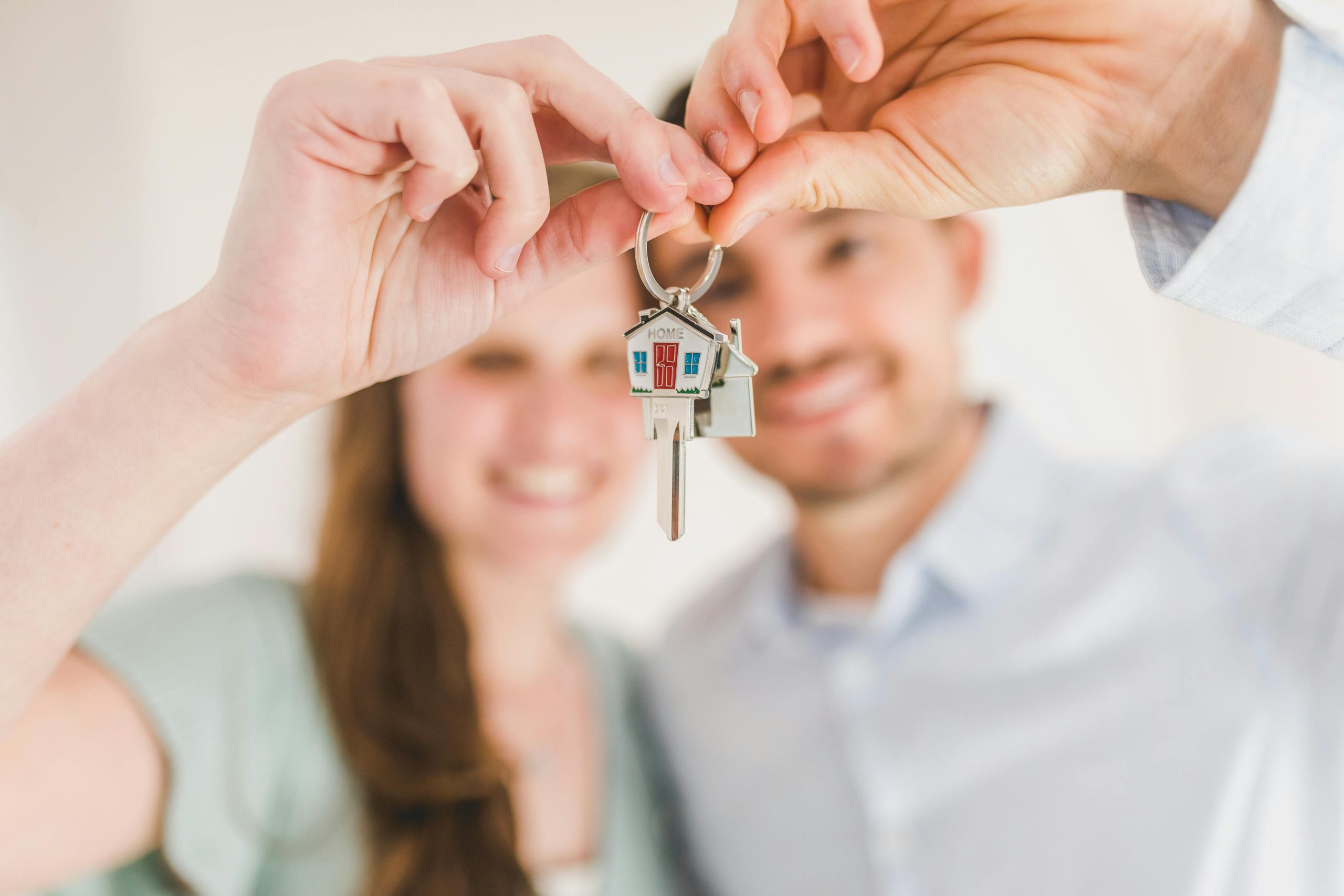Homeowners Insurance Costs Have Skyrocketed
I just received a letter stating that my insurance company, which has covered my home (and previous homes) for years, will no longer provide coverage in my area due to concerns about hail and strong winds. I’ve been paying around $2,000 annually for the last several years, and although I was aware that rates were increasing nationwide, I live in Texas, where hail and thunderstorms are quite rare. I have excellent credit and no claims on my record, and while my house is older, it is in good condition.
After beginning to shop for new insurance, I’ve come across quotes ranging from $5,000 to $7,500, often for less coverage than I had before. I understand that rates are rising across the board, but this feels outrageous. The biggest risk I face is needing to replace my roof, which would only cost about $7,000. At this point, I’m contemplating whether it makes more sense to pay for a new roof and skip the insurance altogether, rather than pouring money into a policy for an uncertain “what if.” This situation feels outrageous! These costs are now on par with my property taxes. How are we expected to manage these expenses?




It sounds incredibly frustrating to face such a steep increase in homeowners insurance, especially given your history of no claims and good credit. The rise in rates is indeed concerning, particularly in areas like Texas where severe weather events can impact insurance companies’ assessments of risk.
It’s understandable to consider whether it might be more economical to self-insure by putting money toward a roof replacement rather than paying for a policy that feels exorbitant. However, keep in mind that insurance also provides coverage for a range of other potential damages or liabilities you may not have factored in.
Here are a few suggestions that might help:
Compare Multiple Quotes: Continue shopping around, as rates can vary significantly between companies. Some may even have special programs for older homes that you might qualify for.
Evaluate Coverage Levels: While it’s important to find the right price, double-check the coverage levels. Sometimes lower premiums come with significant reductions in coverage, which could hurt you in the event of a claim.
Look for Discounts: Some insurers offer discounts for homeowners who have certain safety features installed (like a new roof, security systems, etc.), so it might be worth inquiring about any available discounts.
Check the Home’s Condition: If your home is older, making updates or repairs might lower your risk profile and could impact insurance costs.
Talk to an Insurance Agent: A professional might help clarify your options and find the best plan for your specific situation, including bundling with other insurance types.
Hopefully, you can find a solution that offers peace of mind without breaking the bank!